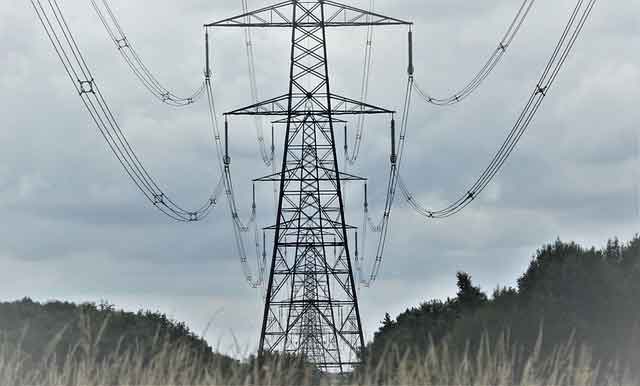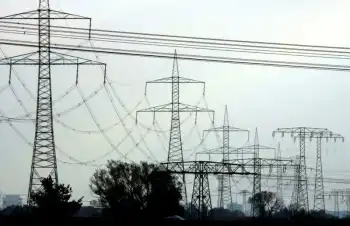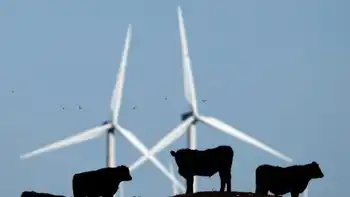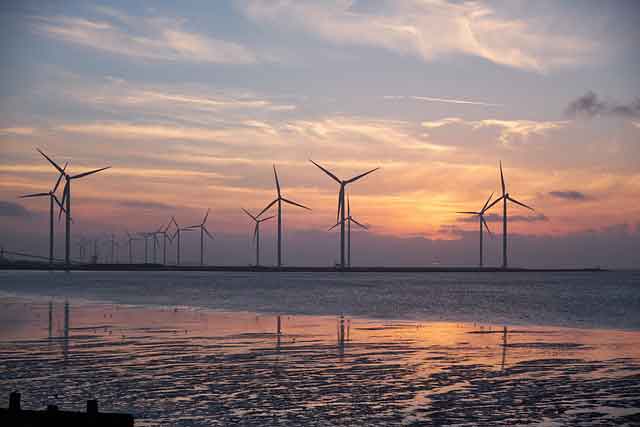Bruce Power wants new nuke plants
ONTARIO - Privately owned Bruce Power has asked the country's nuclear safety watchdog for approval to plan for potential construction of new nuclear reactors, triggering a regulatory process and environmental assessment that's never been applied to new projects in Canada.
In doing so, it beat Ontario Power Generation to the punch. The government-owned power generation company, acting under a directive issued by Energy Minister Dwight Duncan in June, is still working on its application to place new reactors at the Darlington Generating Station east of Toronto.
The Canadian Nuclear Safety Commission confirmed that it had received Bruce Power's application, and acknowledged it will be the first test of its kind under the Nuclear Safety and Control Act and the Canadian Environmental Assessment Act — two pieces of legislation that did not exist the last time a new nuclear reactor was built in Canada.
"We have had other facilities under these acts, but... as far as new nuclear power reactors, this will be the first one," said Ken Pereira, vice-president of operations at the safety commission.
Duncan Hawthorne, chief executive officer and president of Bruce Power, said by filing the application, he's keeping his options open.
The company said that as many as five Bruce reactors, all based on Canadian-designed CANDU technology, will need to be refurbished or replaced between 2010 and 2015, and that it is also considering the addition of more reactors at its Bruce site.
"There's been no decision taken to refurbish (the four reactors) at Bruce B," said Hawthorne in an interview. "By going through this process, we'll know if there's public support for new construction, and we'll find out about the economics so we can compare that with refurbishment."
It is a first step in a long process. Not only must Bruce Power apply for a licence to prepare its site for development, it must also seek a licence to build and eventually to operate a new nuclear power plant. Before any licence can be granted, proposed projects must pass an environmental assessment that can take up to three years and involves extensive public consultation.
Environmental groups say they'll be participating in full force. "We're going to be doing everything we can do engage the people of Ontario," said Keith Stewart, manager of the climate change program at WWF-Canada.
Stewart said the federal environmental assessment is not enough because it won't address whether building new nuclear plants is a good idea in the first place. It focuses instead on whether proposed projects satisfy established safety criteria.
"We'll take full advantage of the process, but that process is a stacked deck against us," he said.
Bruce Power operates six nuclear reactors about 250 kilometres northwest of Toronto. Another two reactors are in the process of being refurbished and are expected to go back into service in 2009, bringing the total output of Bruce's fleet to 6,200 megawatts — more than 20 per cent of the province's total capacity.
In June, the government announced plans to build two new reactors totalling 1,000 megawatts and refurbish others as part of a $46 billion plan to solve the province's energy crunch over the coming two decades.
Tom Adams, executive director of Energy Probe in Toronto, said the Bruce filing is meant to capture the attention of the provincial government.
"Every move that Bruce Power makes in that direction of new nuclear is really a lobbying effort directed at Queen's Park," he said, pointing out that Hawthorne has made no secret of his desire to build new nuclear plants in Ontario.
Both Adams and Stewart said it's a signal that the government's 1,000-megawatt target for new reactors is artificial and doesn't reflect true intentions.
"I don't take that 1,000 megawatt cap seriously," said Adams. "It's simply a marketing strategy by the Ontario government to assuage public concerns about their nuclear policy. Their intention is to go for much more."
Stewart called it a classic "bait and switch," adding that plans for refurbishment will gradually morph into new construction over time.
Energy Minister Dwight Duncan told the Toronto Star in a recent interview that the 1,000 megawatt figure could climb, but will stay within the 14,000 megawatt cap on total nuclear power capacity he announced in June.
"We've left that possibility open," he said. "But we just don't know until we do the detailed engineering and the detailed analysis.... We'll see how things unfold."
Premier Dalton McGuinty emphasized this point to reporters recently during a stop in Cobourg. If "for some reason we can't refurb, then so be it. We'll proceed with new construction," he said.
Ontario Power Generation is currently exploring whether Pickering B should be refurbished or replaced.
New nuclear capacity from a recent refurbishment helped OPG generate a second-quarter profit of $143 million, up from $63 million a year earlier. Nuclear production increased 19 per cent as a result of the return to service of Unit 1 at the Pickering A nuclear generating station.
Related News
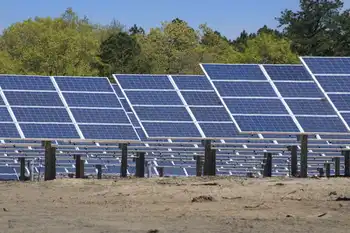
Renewables are not making electricity any more expensive
WASHINGTON - One of the arguments that's consistently been raised against doing anything about climate change is that it will be expensive. On the more extreme end of the spectrum, there have been dire warnings about plunging standards of living due to skyrocketing electricity prices. The plunging cost of renewables has largely silenced these warnings, but a new report from the Department of Energy suggests that, even earlier, renewables were actually lowering the price of electricity in the United States.
Plunging prices
The report focuses on wholesale electricity prices in the US. Note that these are distinct from the prices consumers…

